Jade plant propagation is a cost-effective and rewarding way to expand your indoor garden collection. This popular and low-maintenance houseplant is easy to propagate for this reason. It is a great option for both novice and experienced gardeners.
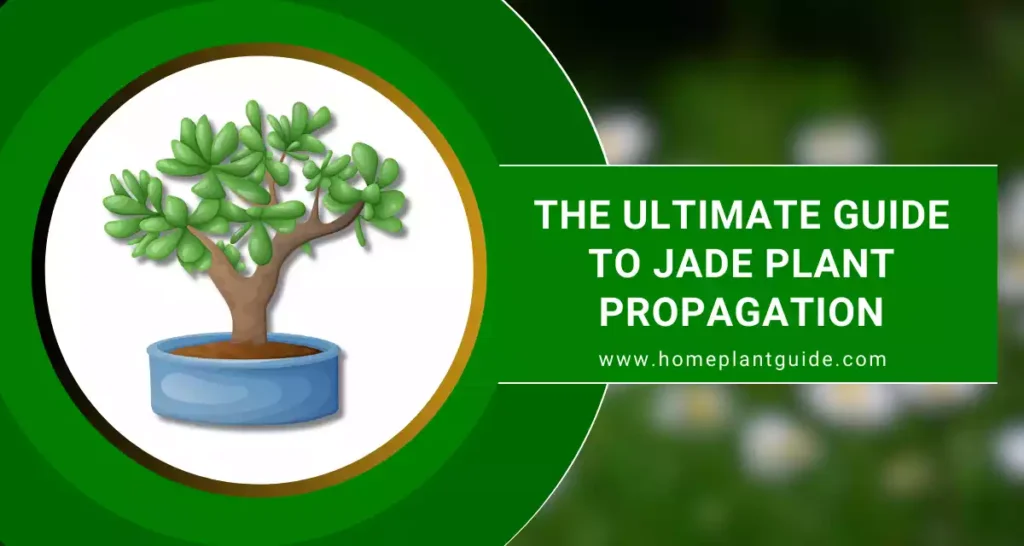
If you have been bitten by the gardening bug, you might want to try your hand at propagating a jade plant.
In This Article
- 1 Why Propagate Jade Plants?
- 2 Choosing the Right Jade Plant for Propagation
- 3 Jade Plant Propagation from Stem Cuttings
- 4 Jade Plant Propagation from Leaf Cuttings
- 5 Propagation in Water vs. Soil
- 6 Caring for Newly Propagated Jade Plants
- 7 Troubleshooting of Common Propagation Problems
- 8 Solution of Jade Plant Propagation Problems
- 9 FAQ:
Why Propagate Jade Plants?
Jades are perfect plants for beginners and plant enthusiasts alike. They are sturdy, low-maintenance, and beautiful in any indoor garden. If you have started propagating your jade plants, numerous benefits come with it.
Cost-effective
Propagation reduces the cost of buying a new plant each time you want to add to your collection. You can create new plant babies using the parent plant you already have.
Expansion of your collection
Propagation is an excellent way to increase your collection and produce more plants for your indoor and outdoor spaces.
Customization and experimentation
Propagation allows you to experiment with different varieties of jade plants and select ones that best suit your preferences.
Sharing with your friends and family
Propagation also allows you to share your love of jade plants with others.
Choosing the Right Jade Plant for Propagation
Need to choose the correct Jade plant when you want to propagate it. Propagation success largely depends on the jade plant’s health and the correct propagation method used.
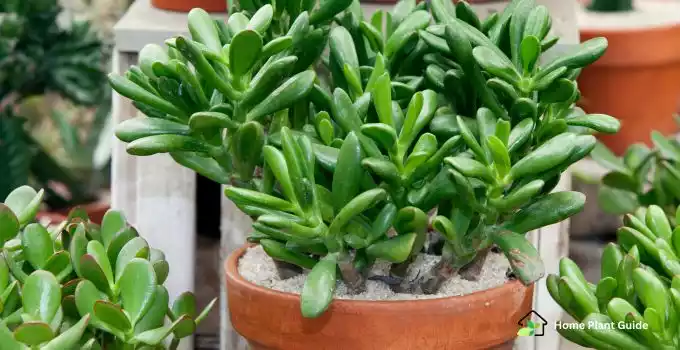
So When selecting a jade plant for propagation, please try to consider the following factors:
Age of plant
Jade plants that are at least a few years old are ideal candidates for propagation, as they are more mature and have a better chance of surviving the process.
Health condition
Choose a healthy jade plant, with no signs of disease or pest infestations. Plants with weakened health may struggle to grow after propagation.
Size
Jade plants that are at least 3-4 inches tall with sturdy stems and healthy leaves work best for propagation.
Variety
While all varieties of jade plants can be propagated. But some are easier to propagate than others.
Some varieties, such as the “Crassula ovata” or “Gollum,” have a higher success rate when propagated.
| Jade Plant Variety | Propagation Difficulty |
|---|---|
| Crassula ovata | Easy |
| Gollum | Easy |
| Hummel’s Sunset | Medium |
| Ripple Jade | Medium |
| Chinese Jade | Difficult |
When in doubt, start with an easy-to-propagate jade plant and practice your propagation skills before moving on to more challenging varieties.
Jade Plant Propagation from Stem Cuttings
If you want to grow more jade plant propagation stem cuttings is an easy and effective way to increase your collection.

Follow these step-by-step instructions to propagate jade plants from stem cuttings:
Step #1
Using a clean and sharp pair of scissors or pruning shears, select a healthy stem from the parent plant. The stem should be at least 3-4 inches long and have several leaves.
Step #2
Cut the stem at a 45-degree angle, making sure to snip just below a node, which is where the leaves attach to the stem.
Step #3
Remove the bottom set of leaves from the stem, leaving at least two sets of leaves at the top.
Step #4
Dip the cut end of the stem in rooting hormone powder to promote root growth. This step is optional, but it can increase the chances of successful propagation.
Step #5
Fill a small pot with well-draining soil and make a hole in the center using your finger or a pencil.
Step #6
Insert the stem cutting into the hole and press the soil firmly around the stem to anchor it in place.
Step #7
Water the soil until moist but not waterlogged.
Step #8
Place the pot in a warm and bright location, but avoid direct sunlight. A temperature range of 65-75°F is ideal for jade plant propagation by stem cuttings.
Step #9
Check the soil every few days and water as needed to keep it moist. Be careful not to overwater otherwise overly wet soil can lead to root rot.
Step #10
After several weeks, you should start to see new growth from the top set of leaves, indicating that the stem cutting has successfully rooted and is beginning to grow new leaves.
Propagation by stem cuttings is a reliable method for increasing your jade plant collection.
Read More Tips & Tricks for Indoor Plantation:
Jade Plant Propagation from Leaf Cuttings
If you want to propagate your jade plant, leaf cuttings are another effective method to consider.
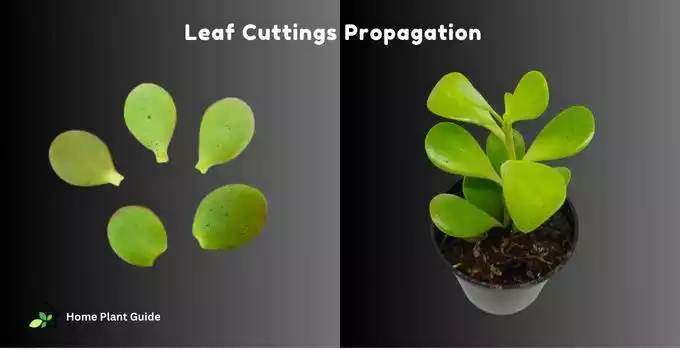
Here’s how to propagate a jade plant from a leaf cutting:
Step #1
Choose a healthy leaf from the plant.
Step #2
Using a sharp, clean knife or scissors, cut the leaf close to the stem.
Step #3
Place the leaf in a warm and dry place for 24 to 48 hours to allow the cutting to callus over. This will help prevent the cutting from rotting when planted.
Step #4
Fill a pot with a well-draining potting mix and make a small hole in the center.
Step #5
Dip the cut end of the leaf-cutting in rooting hormone powder to encourage root growth, then insert the cutting into the hole in the potting mix.
Step #6
Water the cutting and mist it with water regularly to keep it moist. However, do not overwater, as this can cause root rot.
Step #7
After a few weeks, roots will start to grow from the base of the leaf, and a new plant will begin to form.
Step #8
Once the new plant is established, you can transplant it to a bigger pot and care for it as you would a mature jade plant.
Leaf propagation is an excellent way to multiply your jade plant collection. Keep in mind that not all leaf cuttings will root successfully but with patience and careful attention to the cutting, you can achieve great results.
Propagation in Water vs. Soil
Deciding which method to use when propagating your jade plant ultimately depends on your level of experience and personal preference.
Both water propagation and soil propagation have their unique advantages and challenges.
| Propagation Method | Advantages | Challenges |
|---|---|---|
| Water Propagation | Allows you to observe root growth. Simple and easy to set up. Requires less frequent watering during the rooting phase | May be susceptible to bacterial growth water temperature and quality must be monitored. Plants may not acclimate well to soil after rooting |
| Soil Propagation | Supports the plant’s natural growth pattern. More forgiving if the watering schedule is inconsistentProduces a sturdy root system | May not allow you to observe root growth. Requires more frequent watering during the rooting phase. |
Propagating jade plant in water
If you choose to propagate your jade plant in water then simply place the cutting in a glass container filled with fresh water and place it in a brightly lit area.
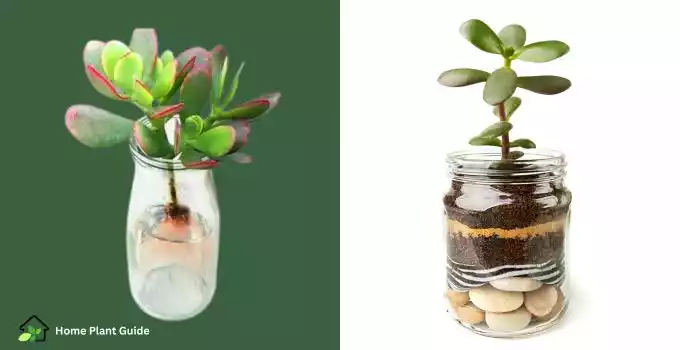
Change the water every few days to prevent bacterial growth. Once roots have formed, transfer the cutting to soil and monitor its acclimation process closely.
Propagating jade plant in soil
If you prefer soil propagation, prepare a well-draining soil mixture and plant the cutting as you would a mature jade plant.
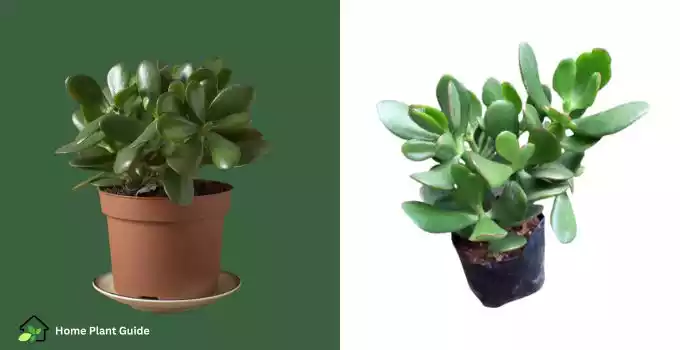
Keep the soil moist but not overly damp and provide bright, indirect light until the cutting establishes roots and new growth appears.
Remember to consider the unique needs and requirements of your jade plant when choosing a propagation method and keep patient as you observe its growth day by day.
Read More Tips & Tricks for Indoor Plantation:
Caring for Newly Propagated Jade Plants
Now that you have tiny new plants to care for, it is important to provide them with the optimal conditions for healthy growth.
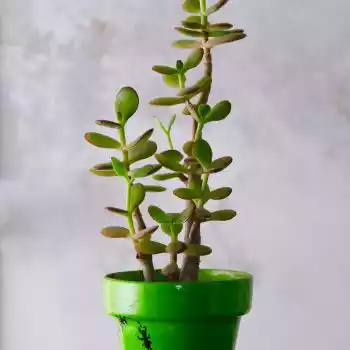
Optimal Conditions
Jade plants prefer bright and indirect light. The ideal temperature is between 65 and 75 degrees Fahrenheit.
Keep your newly propagated plants away from direct sunlight otherwise this can scorch their delicate leaves. Please ensure that they are not exposed to temperatures below 50 degrees Fahrenheit.
Watering
When it comes to watering jade plants, less is more. Overwatering can cause root rot and other issues.
Allow the top inch of soil to dry out between waterings and be sure to use well-draining potting soil.
When you do water your plants, water them thoroughly until water drains out the bottom of the pot.
Fertilizing
During the growing season in spring and summer, you need to fertilize your newly propagated jade plants once a month with a balanced houseplant fertilizer.
Do not fertilize your plants during the dormant season in fall and winter.
Pruning
If your jade plants become leggy or develop stretching between the leaves, they may need pruning. Use clean, sharp scissors or pruning shears to remove the excess growth and promote bushier growth.
By following these care tips, you can ensure that your newly propagated jade plants will grow strong and healthy for years to come!
Troubleshooting of Common Propagation Problems
However, jade plant propagation is easy and cost-effective but sometimes issues may arise during the propagation process that can prevent successful growth.
In this section, we will discuss some common problems and their solutions that can help your newly propagated jade plant thrive.
Jade Plant Propagation Issues
Jade plant propagation can be tricky, and some issues may arise during the process.
Root rot
One of the most common problems is root rot. Which can occur if the soil is overly moist and poorly drained.
If you notice your plant’s leaves turning yellow or black and the stems becoming soft, it may indicate root rot.
Pest infestation
Another major problem is pest infestation. It can cause damage to your plant and to prevent successful propagation.
Mealybugs, spider mites, and scale insects are common pests that can infest your jade plant.
- If you notice small white insects on your plant, it may indicate a mealybug infestation.
- In contrast, spider mites cause leaves to turn yellow and fall off.
- Scale insects cause yellow spots on leaves.
Also, leaf discoloration can be a problem during the propagation process. Lack of nutrition, overwatering, or inadequate lighting can cause leaves to turn brown, yellow or black.
Solution of Jade Plant Propagation Problems
Fortunately, there are several solutions to common jade plant propagation problems.
Avoid root rot
If your plant is suffering from root rot then you can easily fix the issue by adjusting the watering schedule. You can not water very frequently in time.
Also, ensuring that the soil is well-drained. Repotting the plant with fresh soil can also help prevent root rot.
Prevent pest infestation
Try to regularly inspect your plant and remove any insects or pests if you find them. You can also use insecticidal soap or neem oil to combat mealybugs and other pests.
Also, try to Increasing humidity levels and maintaining clean and dry plant conditions can help prevent infestations.
Solution of leaf discoloration problem
If you notice leaf discoloration, adjust your plant’s watering schedule and ensure that it is receiving adequate light.
You can also fertilize your plant with a balanced fertilizer to provide the necessary nutrients for healthy growth.
You can take the above steps to ensure that your plant continues to thrive naturally. By being attentive to your plant’s needs and taking corrective action when necessary.
FAQ:
Q: What is the best method for propagating jade plants?
Jade plants can be propagated using stem cuttings or leaf cuttings. Both methods have their advantages and success rates. It ultimately depends on your personal preference and the resources you have available.
Q: How do I choose the right jade plant for propagation?
When selecting a jade plant for propagation, look for a healthy and robust specimen.
Choose a plant that has strong, sturdy stems or leaves and is free from pest infestation or disease. This will give you the best chances of successful propagation and healthy growth.
Q: Should I propagate jade plants in water or soil?
Newly propagated jade plants require special care to ensure their survival and healthy growth. Provide them with bright but indirect light, avoid overwatering, and maintain a humid environment.
Regularly monitor the plants for any signs of stress or issues and take appropriate action.
Read More Healthy Plantation:
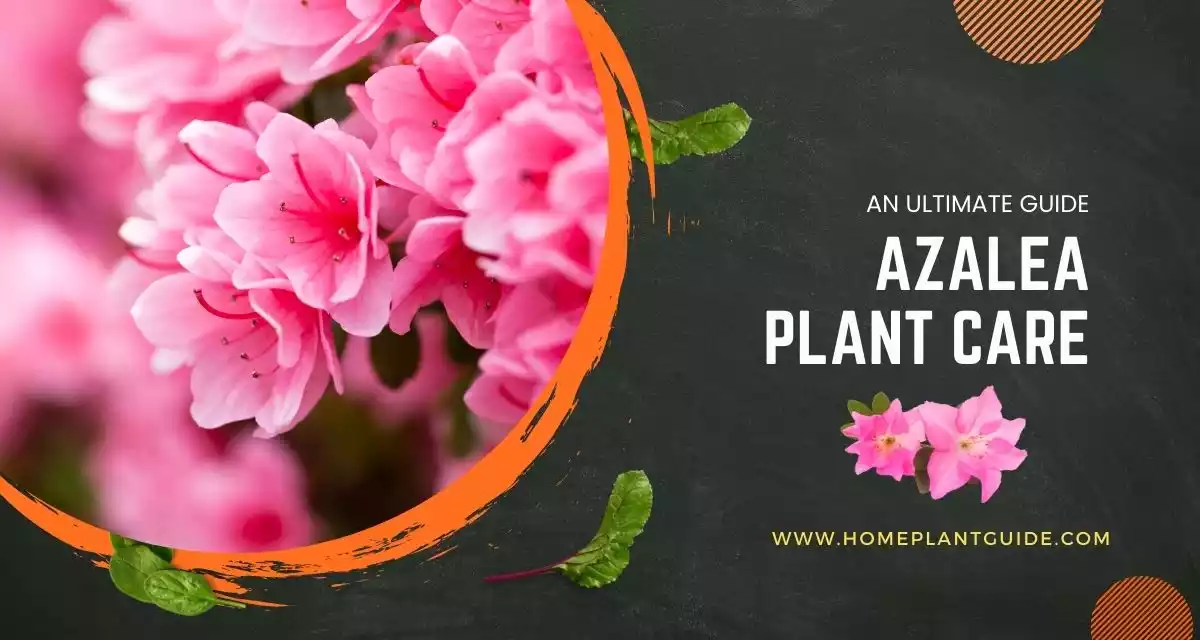

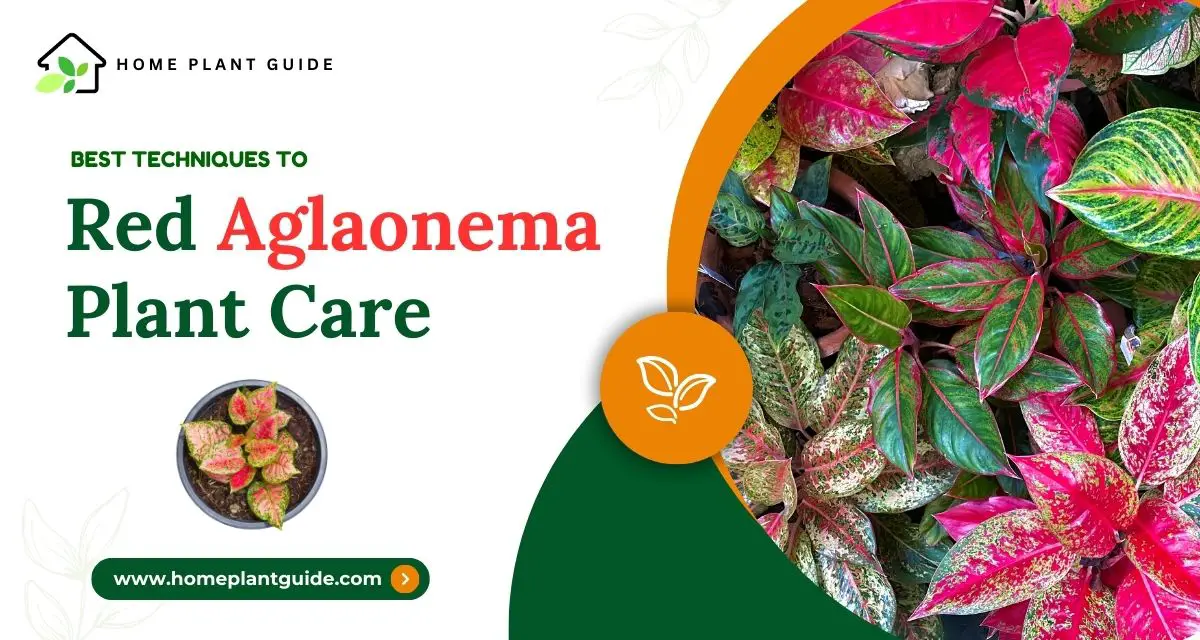
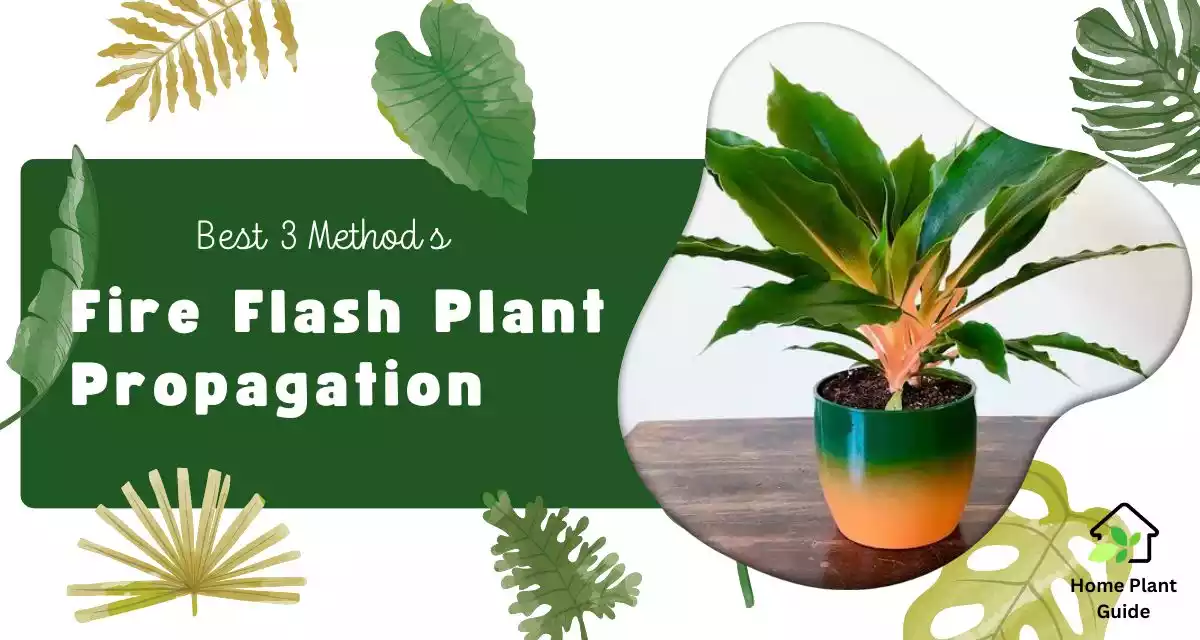
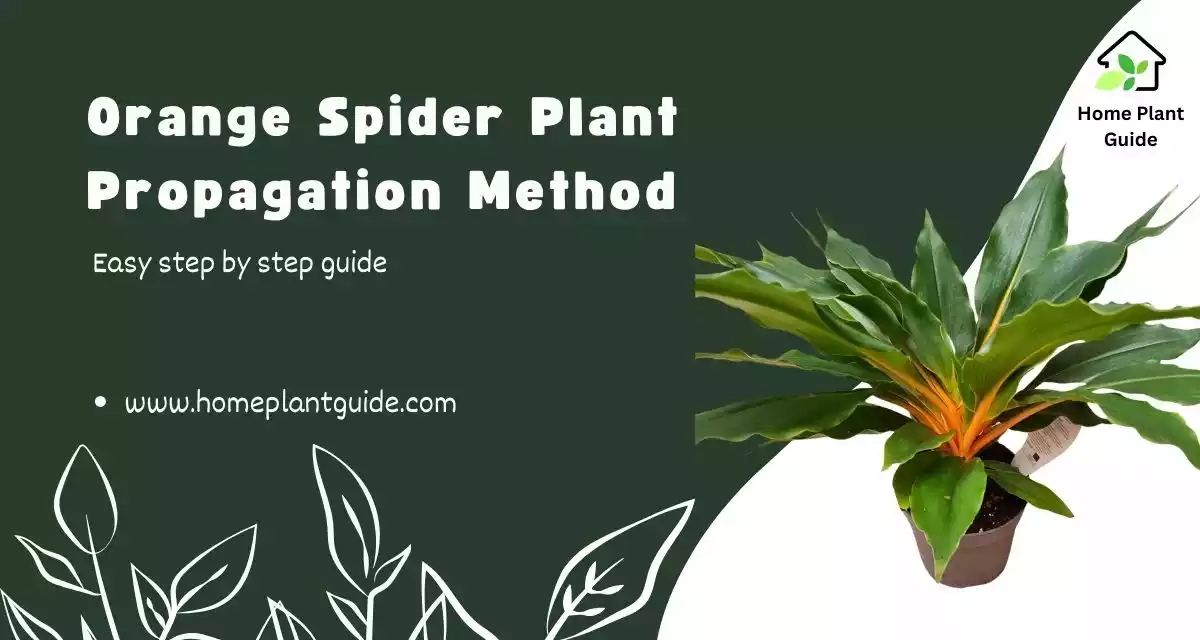

Your point of view caught my eye and was very interesting. Thanks. I have a question for you.